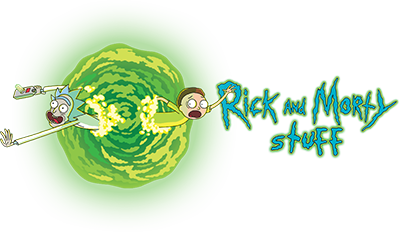In recent years, the world of children’s television has experienced a significant shift, with the rise of merchandising that often overshadows the very characters and stories that inspire it. Many children’s shows are now heavily marketed, leading parents and guardians to question the implications of consuming this merchandise. “Quiet On Set The Dark Side Of Kids Tv Merch Merch” dives deep into this issue, exploring how the pressures surrounding kids’ shows can influence both content and consumer behavior.
The Allure of Kids’ TV Merch
Kiddie merchandise draws its magic from the beloved characters and vibrant worlds that young audiences cherish. From action figures to apparel, the appeal of owning a piece of their favorite show is undeniable. However, this allure often has a darker side. The marketing campaigns surrounding children’s content are meticulously crafted to exploit their naivety. Kids often feel an overwhelming desire to consume what they see on screen, leading to potentially harmful behaviors, such as overspending or forming attachments to material items that may not hold significant value in their lives.
The Impact on Content Creation
Moreover, the influence of merchandise on content creation cannot be ignored. Creators often mold stories not just for narrative sake but also to maximize their marketability. This can lead to a formulaic approach where plotlines are secondary to product placement. For instance, episodes may be designed to showcase new toys or accessories, which can detract from quality storytelling and character development. Such practices raise concerns about the integrity of the narratives children are exposed to, shifting the focus from creativity to consumerism.
Emotional and Psychological Implications
Beyond just the financial aspect, the emotional and psychological ramifications for children are profound. Kids often build identities around their favorite shows and characters. When these identities become intertwined with merchandise, it can lead to materialistic values being instilled early on. This may foster a sense of inadequacy among children who cannot afford certain products, or it can amplify unhealthy consumption patterns as they grow older. The societal pressure to own every new gadget or accessory linked to their beloved shows can create a false sense of importance tied to material possessions.
Parental Considerations and Awareness
As the creators and marketers of children’s content continue to evolve, parents must be vigilant about the messages being conveyed through these shows and their associated merchandise. It is essential to have open discussions with children about the difference between entertainment and consumerism. Encouraging critical thinking around what they see can empower young viewers to enjoy their favorite shows without feeling compelled to buy every related item. By teaching children about the value of experiences over possessions, parents can help counteract the pervasive influence of “Quiet On Set The Dark Side Of Kids Tv Merch Merch.”
Conclusion: Creating a Balanced Approach
Ultimately, as discussions around kids’ television merchandising grow, it becomes vital for both creators and consumers to reflect on the implications of their choices. Children should be allowed to enjoy their favorite characters without the burden of excessive consumerism. A balanced approach that emphasizes creativity, narrative, and emotional connection over materialism can foster healthier relationships with both media and merchandise, ensuring young audiences can thrive in a world where they can distinguish between what is seen on screen and what is truly essential in life.

